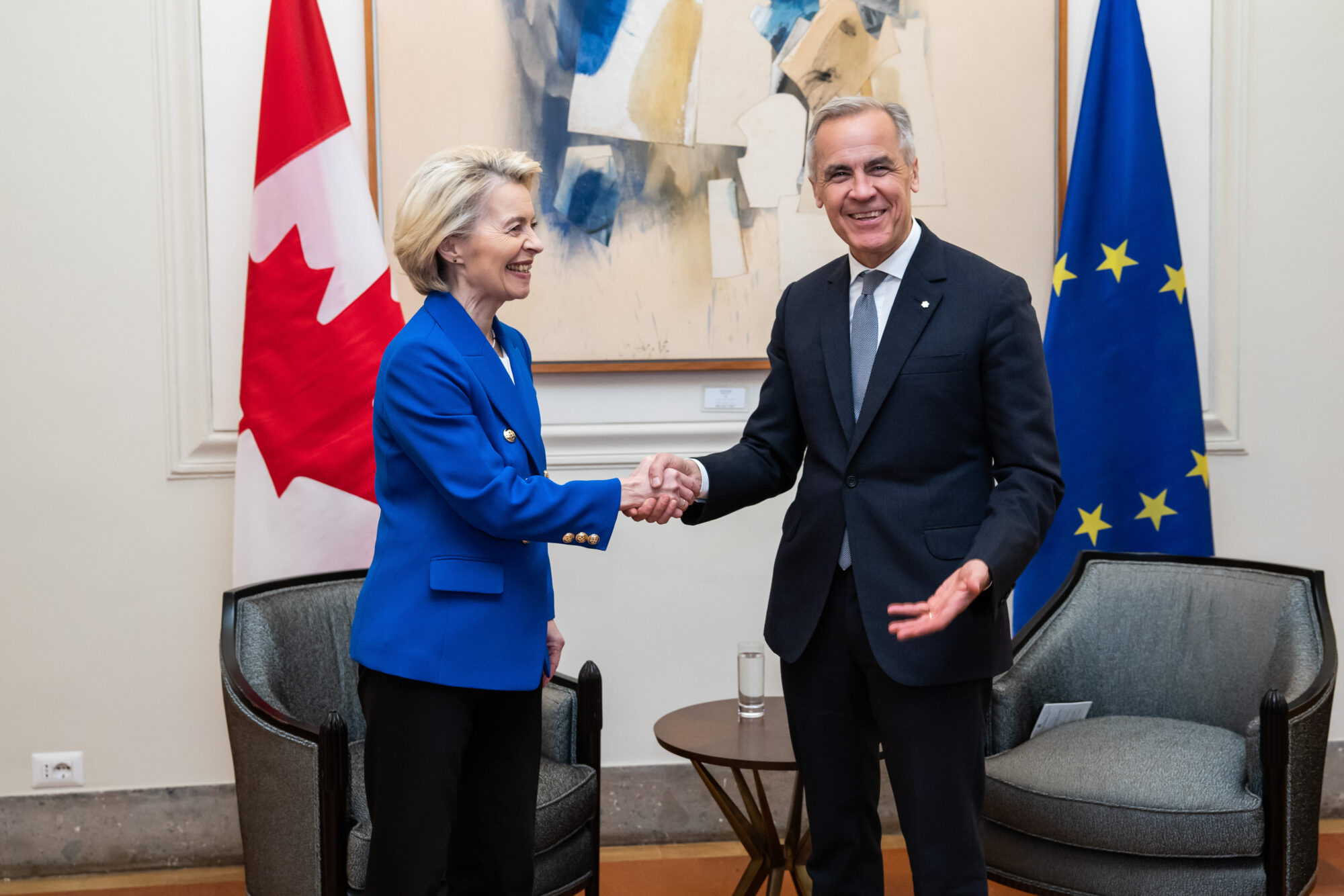Though not a complete solution, the Poverty Reduction Strategy announced by the federal government at the end of August marks a step forward in Canadian social policy. It is proposed that an official Canadian poverty line be set for the first time and enshrined in legislation; that official targets be set to reduce the poverty rate by 20% by 2020, and by 50% by 2030; and that there be annual monitoring of progress towards the target.
One lesson from the experience of the 1989 resolution of the House of Commons to eliminate child poverty by the year 2000 was that details and realistic time lines need to be part and parcel of a political commitment if it is to be successfully implemented. Child poverty remains very much a reality today, almost thirty years later.
This new commitment responds to progressives and anti poverty activists who have long called for a federal government led, broadly based initiative to address and reduce widespread poverty in Canada. However, it is disturbing that there is no commitment to new federal government funding to meet the stated poverty reduction goals and targets, and that the technical poverty measure proposed by Minister Duclos and the Trudeau government is, to say the least, debatable.
Many anti-poverty activists, especially in Ontario, were rightly critical of the lack of additional funding for income support programs, especially in the context of already announced and pending provincial cuts to social assistance which will increase and deepen poverty. This underlines the fact that any effective national anti poverty strategy will require major investments by all levels of government, while the new strategy speaks only to the federal role.
It is strange that there is no discussion of the Canada Social Transfer, a $14 Billion per year federal program which has only one condition at present for making cash transfers to the provinces, that there be no provincial residency requirement for social assistance.
With respect to the federal role, there should have been a commitment to increase funding over time for the income support programs which have the greatest immediate impact on poverty – the Guaranteed Income Supplement for seniors; the Canada Child Benefit, and tax credits for the working poor – as well as broader social investments in areas like education, child care and affordable housing. The strategy does not attempt to calculate what additional resources will be needed to hit the stated targets.
With respect to poverty measurement, any poverty line dividing the poor from the non poor at a given level of income and for a given household size is value-based. It involves a judgement as to how far below the mainstream standard of living and level of economic resources people should be allowed to fall before they are considered to be poor.
There has long been a debate as to whether poverty is fundamentally about so-called absolute poverty, meaning an inability to meet basic needs such as food, clothing and shelter, or so-called relative poverty, meaning too great a distance between the poor and the level of economic well-being of the wider society in which they live.
The right-wing Fraser Institute has long proposed a very bare bones definition of poverty based on the cost of meeting survival needs, while progressives have stressed the exclusion of the poor from the social mainstream. Even Adam Smith famously defined poverty for a man of his day as the inability to afford a linen shirt, which meant that he could not appear in public without shame.
The poverty reduction strategy released by Minister Duclos recognizes that there are many distinct ways to understand and address poverty. The background paper addresses at length and proposes key indicators for each of three pillars. These are dignity or meeting basic needs; opportunity and inclusion defined as full participation in society and equality of opportunity; and resilience, meaning that Canadians should have sufficient resources to stay out of poverty.
Nonetheless, the government proposes to adopt the so-called “Market Basket Measure” or MBM as the official definition of poverty. While more generous than the Fraser Institute measure, it is more an absolute than a relative line. “Canada’s Official Poverty Line reflects the combined costs of a basket of goods and services that individuals and families require to meet their basic needs in order to achieve a modest standard of living.”
The MBM is defined for different communities based upon local living costs and is reported upon annually by Statistics Canada. The MBM has been chosen as the official line over the Low Income Measure or LIM which defines living in poverty as having less than one half of the median or mid point income of a similar family. The LIM is an explicitly relative measure and is widely used in international comparisons.
Moving forward, the government says that Statistics Canada will continue to report annually on both measures, and will regularly update the MBM basket. This addresses criticisms that the MBM measure does not include new essentials, such as internet access. But it does leave to experts the difficult task of defining what is a “modest” standard of living. For example, should the MBM include the cost of a summer camp or recreation for children?
In 2016, the poverty rate for all Canadians was 10.6% using the MBM, lower than the rate of 13.0% using the LIM. More importantly, there are big differences in the two measures by province and by age groups. For example, in 2016 the poverty rate among seniors was just 4.9% using the MBM compared to 14.2% using the LIM. IT IS clear that using the MBM as the official measure will steer resources away from seniors.
Trends in poverty rates for lower income seniors tell us that conditions have been improving in terms of meeting very basic needs, but that many seniors have experienced much lower income growth in recent years than have working age Canadians. This likely reflects the fact that pension coverage has been falling, and that government income support programs such as the Guaranteed Income Supplement (GIS) are indexed only to inflation.
The choice of the MBM as the official poverty measure will reinforce the current trend in social policy to focus resources on very low income persons to push them just above the poverty line, rather than to address the needs of those just above the poverty line and to also pull them up compared to the middle-class. For example, the government has recently increased the Guaranteed Income Supplement for very low income seniors rather than for all GIS recipients. The same is true of changes in tax credits for the working poor which are very focused on very low earners.
Recent improvements to income support programs mean that, with additional investments, the proposed poverty reduction targets are realistic.
But, we should be very careful to recognize that poverty has many dimensions that can only be understood through multiple indicators, and that political commitments must extend to resources and not just targets.





